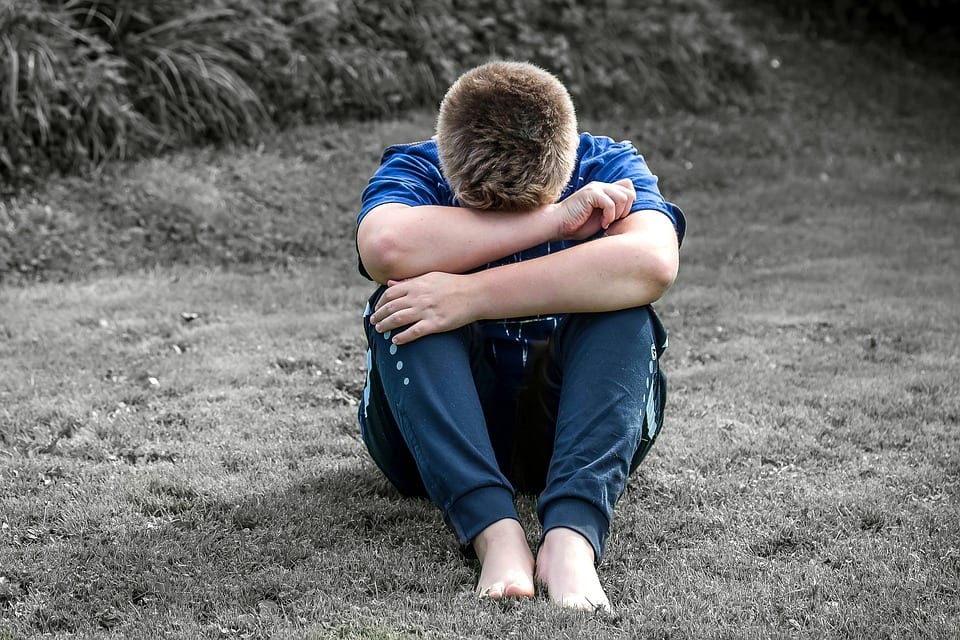The hidden scars of child abuse may never fully fade, but through legal action and support, survivors can find the strength to heal and move forward.
In the shadowed corners of society, hidden from the public eye, child abuse casts a long and haunting shadow. These hidden scars, both physical and emotional, often go unnoticed, leaving victims to suffer in silence. This blog post delves into the profoundly complex and painful realm of child abuse and the ensuing personal injury claims. Uncovering the intricacies of the legal landscape, we will explore the path to justice for those who have endured the trauma of abuse during their formative years.
The Deep-Seated Issue of Child Abuse
Child abuse is an insidious problem that affects countless children worldwide. It encompasses a range of actions that cause physical or emotional harm, including physical abuse, emotional abuse, neglect, and sexual abuse. The effects of child abuse can be long-lasting, leaving survivors with scars that are often hidden from the naked eye.
According to Lampariello Law Group, child abuse cases, whether in the family, at school, or within institutions, pose a unique challenge for legal experts and authorities; they require a delicate approach that ensures the safety of the child while also pursuing justice for the harm that has been inflicted. Understanding the full extent of the problem is the first step toward addressing it effectively.
Legal Framework for Child Abuse Cases
Navigating the legal intricacies of child abuse cases demands a comprehensive understanding of the legal framework designed to protect and advocate for the rights of children. This framework involves a complex web of laws, regulations, and social services, each with its own unique role in ensuring child safety.
In many jurisdictions, mandatory reporting laws require certain professionals, such as teachers and healthcare workers, to report suspected cases of child abuse to the appropriate authorities. These laws form the foundation for early intervention and protection, emphasizing the paramount importance of identifying and addressing abuse as soon as it is suspected. Child protective agencies play a crucial role in investigating and addressing allegations of abuse, coordinating efforts to safeguard the child’s well-being.
Furthermore, the legal framework extends to criminal laws that prosecute those responsible for child abuse. These laws are designed to hold perpetrators accountable for their actions, sending a clear message that child abuse is a heinous crime with severe consequences. By working in tandem with these legal provisions and the social services designed to protect children, a multifaceted approach is employed to ensure that the rights and safety of children are upheld and that perpetrators are brought to justice. Understanding this intricate framework is essential in creating a robust defense against child abuse and promoting the welfare of children in society.
Personal Injury Claims in Child Abuse Cases
For many survivors of child abuse, personal injury claims become a means of seeking justice and closure. These claims often focus on the emotional and psychological trauma inflicted upon the victim. Proving such claims can be challenging, as they require a nuanced understanding of the psychological impact of abuse.
Personal injury claims in child abuse cases go beyond the physical harm, addressing the emotional scars left behind. Legal experts work closely with mental health professionals to build a compelling case, relying on expert testimony to illustrate the extent of the trauma experienced by the survivor.
Establishing Liability in Child Abuse Cases
Establishing liability in child abuse cases is a multifaceted process that often involves a thorough investigation. This investigation seeks to determine who is responsible for the abuse, whether it is a family member, a caregiver, an institution, or another party.
Gathering evidence in child abuse cases can be challenging, as the abuse may have occurred in secret or behind closed doors. Survivors may have suppressed memories, making it difficult to recall specific incidents. However, legal experts employ their skills to collect witness statements, documentation, and other forms of evidence to build a compelling case.
Navigating the Legal Process

Navigating the legal process in child abuse cases is a profoundly delicate endeavor that requires a balance between advocating for the survivor’s rights and preserving their emotional well-being. Legal experts, alongside mental health professionals, play a crucial role in guiding survivors through the intricate legal proceedings, offering unwavering support and a safe space for them to share their experiences.
The legal process may encompass both criminal and civil proceedings. In criminal cases, perpetrators are brought to trial and, if found guilty, face penalties that may include imprisonment. In civil cases, survivors may seek compensation for the emotional trauma they’ve endured. Legal experts ensure that survivors are informed of their options and rights, assisting them in making decisions that align with their goals.
Moreover, during the legal process, survivors may be required to testify and recount their traumatic experiences. This can be a daunting prospect, but legal professionals work diligently to create an atmosphere of trust and support, aiming to minimize the distress associated with the proceedings. The survivor’s well-being remains at the forefront, and legal experts play a pivotal role in safeguarding their rights, advocating for justice, and providing the support needed to traverse the emotional challenges of the legal journey.
Conclusion
In conclusion, the legal ramifications of child abuse and personal injury claims are deeply intertwined with the emotional scars that survivors carry. The journey toward justice is a complex and challenging one, but it is also a path toward healing and closure for those who have endured the trauma of abuse during their childhood.
Child abuse is a hidden epidemic that requires vigilance, awareness, and a commitment to protecting the rights of children. The legal landscape is designed to provide survivors with the means to seek justice and hold their abusers accountable. However, it is equally crucial to recognize that the legal process must be approached with sensitivity and support for the survivors, as they embark on the journey to reclaim their lives.
The hidden scars of child abuse may never fully fade, but through legal action and support, survivors can find the strength to heal and move forward. The pursuit of justice, both within and outside the courtroom, is a powerful step toward ensuring that child abuse is exposed and that those who perpetrate it are held accountable for their actions.


Join the conversation!